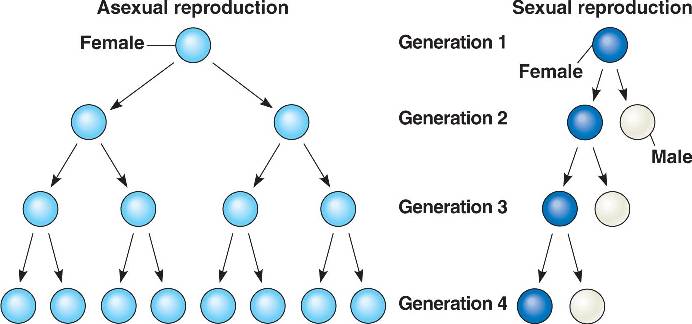 http://www.phschool.com/science/biology_place/biocoach/images/cells/allcell.jpg
http://www.phschool.com/science/biology_place/biocoach/images/cells/allcell.jpg
Prokaryotic and eukaryotic cells differ from one another in several ways. The prokaryote has no nucleus. It has no nucleus nor nucleoli. The Eukaryote however, does have a nucleus, as well as a nuclear membrane and nucleoli. Prokaryotes also are involved in binary fission, while the eukaryote is into mitosis. Sizes are also one of those things where the two differ. The prokaryote is smaller than the Eukaryote.
One of the interesting differences is their genetic make up. The Eukaryote has a DNA that is linear in shape without proteins, while the Prokaryote has a circular DNA shape, which never ends and associated with proteins to form chromatin.

http://www.bio.miami.edu/dana/pix/prokaryote_and_eukaryote.jpg
 http://www.sciencedaily.com/releases/2014/09/140918121436.htm
http://www.sciencedaily.com/releases/2014/09/140918121436.htm http://i.telegraph.co.uk/multimedia/archive/01673/antidepressants_1673710c.jpg
http://i.telegraph.co.uk/multimedia/archive/01673/antidepressants_1673710c.jpg

 https://38.media.tumblr.com/68166e6813b7ac4c09b6492a3c78ed8f/tumblr_nc0pfowSGE1qevwuho1_500.jpg
https://38.media.tumblr.com/68166e6813b7ac4c09b6492a3c78ed8f/tumblr_nc0pfowSGE1qevwuho1_500.jpg http://bio1152.nicerweb.com/Locked/media/ch46/46_03ReproductHandicap-L.jpg
http://bio1152.nicerweb.com/Locked/media/ch46/46_03ReproductHandicap-L.jpg http://www.texasrighttolife.com/images/cloning1.jpg
http://www.texasrighttolife.com/images/cloning1.jpg

 http://www.bio.miami.edu/dana/pix/prokaryote_and_eukaryote.jpg
http://www.bio.miami.edu/dana/pix/prokaryote_and_eukaryote.jpg
